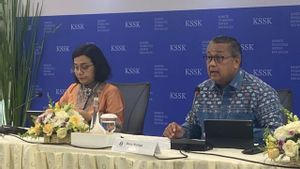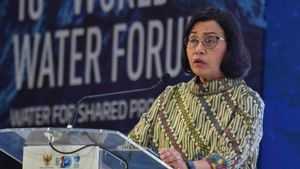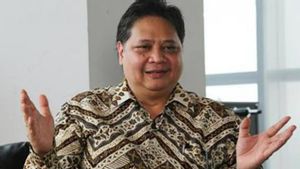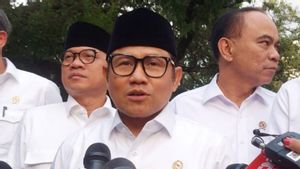JAKARTA - Chief Executive of the Behavior Supervisory of Financial, Education and Consumer Services Authority (OJK) Business Actors, Frederica Widyasari Dewi, said that the results of this year's SLINK were different from the previous year.
Based on the results of the 2024 National Literacy and Financial Inclusion Survey (SNLIK), it shows that the level of literacy and financial inclusion of women is much higher than that of men.
He said the women's composite financial literacy index was 66.75 percent.
Meanwhile, the men's financial literacy index is 64.14 percent. This means that the level of women's financial inclusion is above men.
The woman who is familiarly called Kiki said that the women's financial inclusion index was composite at 76.08 percent, while the men were 73.97 percent.
"So what we really want to say is that there is no longer any gender issue in terms of literacy and financial inclusion because it is equal to men and women," he said in a virtual press conference, Friday, August 2.
Kiki said, in the previous survey, the female literacy level was above men, while the inclusion of her finances was still below men.
"We are proud, the results of this SLINK are different from the previous results. Before this survey, the literacy rate for mothers or women was higher but the inclusion was lower," he explained.
Kiki also detailed the results of the 2024 SLINK, the women's financial literacy index in a composite 66.75 percent. Then, the financial literacy index is 66.39 percent conventional.
Meanwhile, continued Kiki, the men's financial literacy rate is composite at 64.14 percent. Meanwhile, financial literacy is conventional at 63.80 percent.
"This figure is also similar to the women's Islamic financial literacy index which is 40.45 higher than 37.78 percent for men's groups," he said.
SEE ALSO:
Furthermore, continued Kiki, the women's financial inclusion index was composite at 76.08 percent. While conventionally it is 74.45 percent.
Meanwhile, continued Kiki, the men's financial inclusion index was composite at 73.97 percent. Then, conventionally 72.69 percent.
"This figure is also in line with the women's sharia financial inclusion of 13.31 compared to the male group of 12.44 percent," he said.
The English, Chinese, Japanese, Arabic, and French versions are automatically generated by the AI. So there may still be inaccuracies in translating, please always see Indonesian as our main language. (system supported by DigitalSiber.id)
















